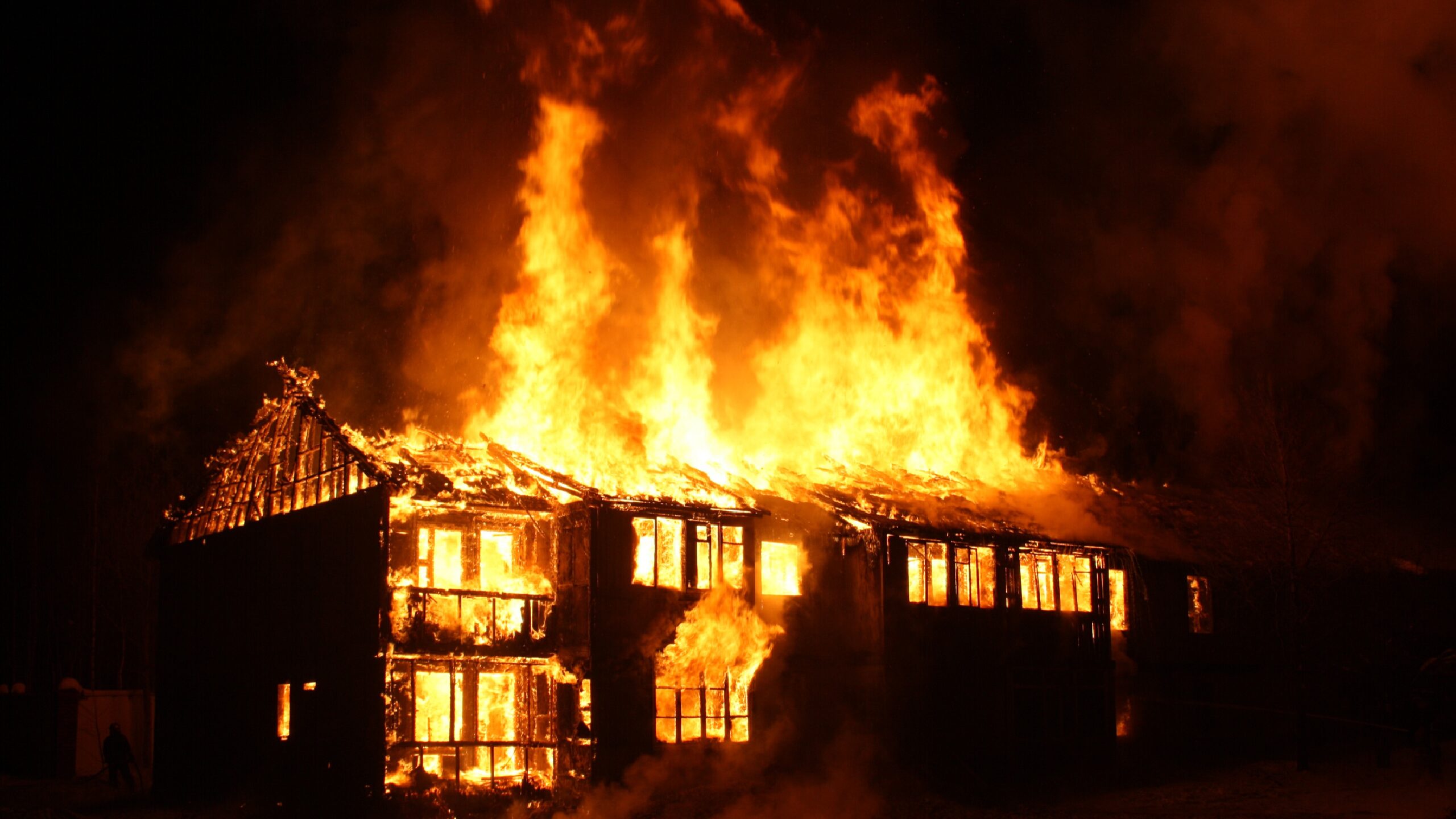An estimated 358,500 home fires occur every year resulting in thousands of deaths. While all fires cannot be prevented, injury and death may be avoided by creating a fire plan.
- Choose an outside meeting place
- This should be safe distance from your home. This meeting place should be agreed upon and marked in the fire escape plan. Mailboxes and streetlights are usually good options.
- Try to create two escape routes from each room in your home.
- Whether it’s a door or window, these exits should have a clear path free of furniture or clutter.
- Discuss your plan with each member of your household to be sure that everyone understands and remembers what needs to be done in case of emergency.
- Assign buddies
- If there are infants, elderly, or household members with mobility limitations be sure to assign them a buddy to help them out of the house if there is a fire.
- Draw out your floor plan and label safe exits
- Keep this visual accessible as it may be helpful to guests in your home that aren’t familiar with your plan
- Have a backup plan
- If the planned exits are blocked and it’s not possible to get out of the house, close any doors between you and the fire. Then place a towel or clothing under the door to block smoke. Go to an exterior window and call the fire department to report your location.
- Practice, practice, practice
- In times of emergency it can be hard to think. Each member of your household should practice the fire plan at least once a year.
Smoke inhalation is dangerous, after a fire starts you may have less than two minutes to get out safely so be sure to time your plan once it’s created. Along with having a fire escape plan, households should also have smoke detectors in each room and a fire extinguisher in the kitchen.

